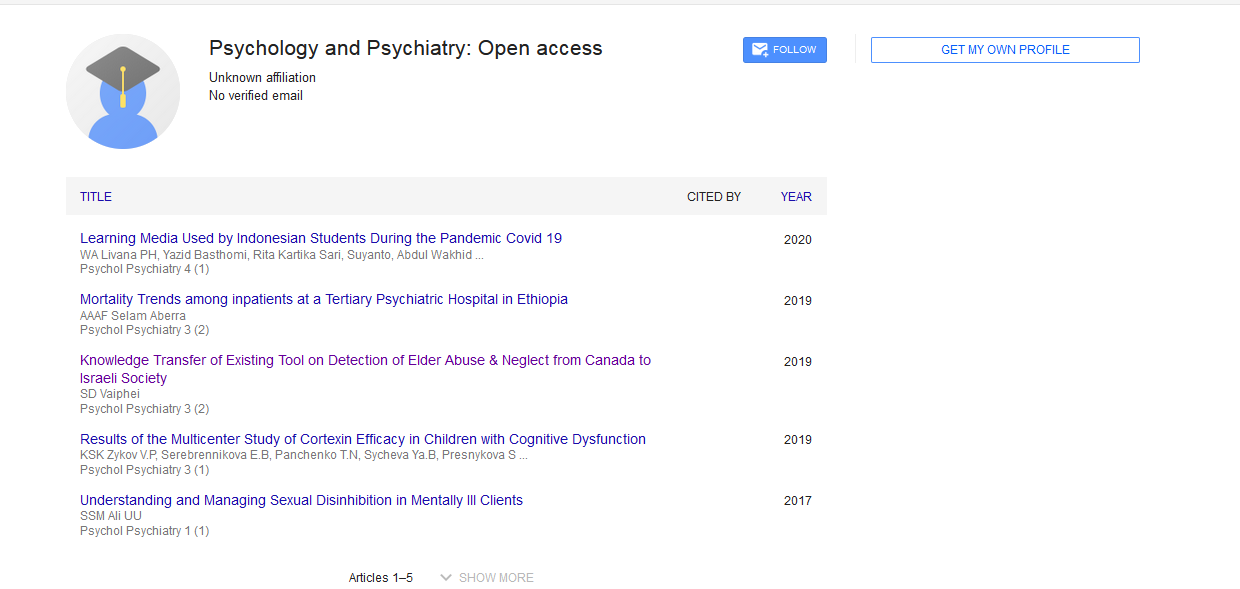Evolving Paradigms the Development and Impact of Diversity Specialty Clinics on Multicultural Training in Psychology
*Corresponding Author: Maxi Legendry, Department of Psychiatry and Neurosciences, Laval University, Quebec City, Canada, Email: Legendmaxi@gmail.comReceived Date: Aug 03, 2024 / Published Date: Aug 31, 2024
Citation: Maxi L (2024) Evolving Paradigms the Development and Impact of Diversity Specialty Clinics on Multicultural Training in Psychology. Psychol Psychiatry 8: 220.
Copyright: © 2024 Maxi L. This is an open-access article distributed under the terms of the Creative Commons Attribution License, which permits unrestricted use, distribution, and reproduction in any medium, provided the original author and source are credited.
Abstract
The emergence of diversity specialty clinics represents a significant shift in the approach to multicultural training in psychology. This study investigates the development and impact of these clinics on enhancing multicultural competence among psychology practitioners. By examining the establishment of diversity-focused clinics, their training methodologies, and their influence on clinical practice, the study provides insights into how specialized environments contribute to improved cultural understanding and sensitivity. The research utilizes a mixed-methods approach, combining quantitative data on training outcomes with qualitative feedback from practitioners and trainees. Findings reveal that diversity specialty clinics effectively advance multicultural training, promoting greater cultural competence and improving client outcomes. The study underscores the importance of integrating diversity-focused models into mainstream psychology training to address the evolving needs of diverse populations.

 Spanish
Spanish  Chinese
Chinese  Russian
Russian  German
German  French
French  Japanese
Japanese  Portuguese
Portuguese  Hindi
Hindi 